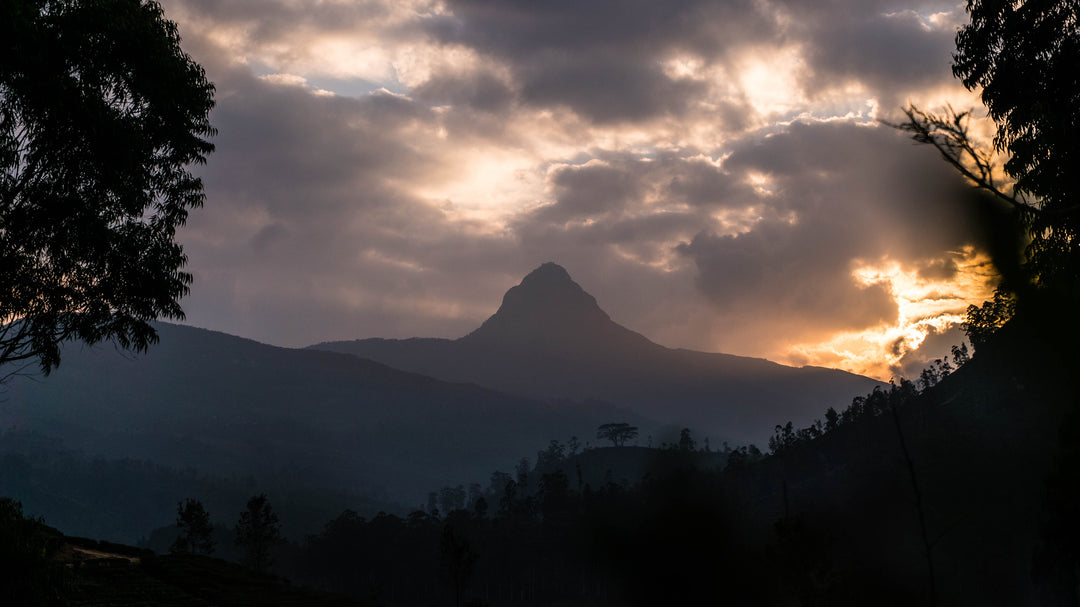Black Tea Production Series: Part 5 – Sifting and Grading for the Perfect Cup
This is the fifth part of the series about how Sri Lankan tea is grown, processed and packed ready for you to enjoy. This time I am going to explain Sifting.
Sifting, also known as sorting or grading, happens after the tea has been dried. The "days make" is sorted into various accepted grades which are dependent on the tea’s particle shape and size.
Grade, as a term, is a little misleading, as it does not directly refer to the overall quality of a tea. The same grade of a particular tea can produce both good quality and poor-quality tea. All that grade means is that it represents the tea’s particle size, and it is this that will give the liquor or liquid produced after brewing tea.
Here are a few of the generally accepted grades of Tea:
Flowery Grades
Flowery Broken Orange Pekoe F.B.O.P
Flowery Orange Pekoe F.O.P
Flowery Broken Orange Pekoe F.B.O.P.F
Flowery Fanning Extra Special FF.Exsp
Broken Grades
Broken Orange Pekoe Fannings B.O.P.F
Leaf Grades
Flowery Pekoe F.P
Dust Grades
Dust 1 D1
Dust 2 D2
Off Grades (Open any commercial tea bag)
Broken Pekoe B.P
Broken Mixed Fannings B.M.F
Pekoe Fannings P.F
Fannings F
Grades of tea are sorted by passing them through a number of special machines. Each machine has a wire mesh, that allows for each particular particle size to fall through. If the teas are too large for one mesh they will move onto another machine until all of the above grades have been sorted. In addition certain grades of tea, for example Flowery Fannings Extra special FF.Exsp from estates such as New Vithanakande and Lumbini will also go through a colour sorter, where the bright green and silver tips are selected by the machine. These tips will then be hand blended back in by the head tea maker into a main grade black leaf.
Sifting is an labour-intensive process, especially for low grown estates that will produce all the above grades, and when I visited New Vithanakande in March this year, I got a real sense about that when I did a number of hand blends to get the right ratio of tip to black leaf.
 Flowery Fannings Extra Special
Flowery Fannings Extra Special
Many people seem to believe that "large leafy teas" are real teas and that smaller tea grades like BOPF and Dust 1 represent poor quality of tea. However, that is not correct. If you want a light bodied tea to enjoy with a slice of cake in the evening and do not want to have it with milk, a larger leaf tea like an Orange Pekoe (O.P), Pekoe or FBOP is ideal. However if you are looking for a strong tea that you can add milk to, that is brisk and gutty, a leafy tea would not be ideal. A smaller particle size like a BOP, BOPF or even a D1 would be more your cup of tea.
Next week in the final part of this series I will discuss what makes a good tea and what Tasters look for.







